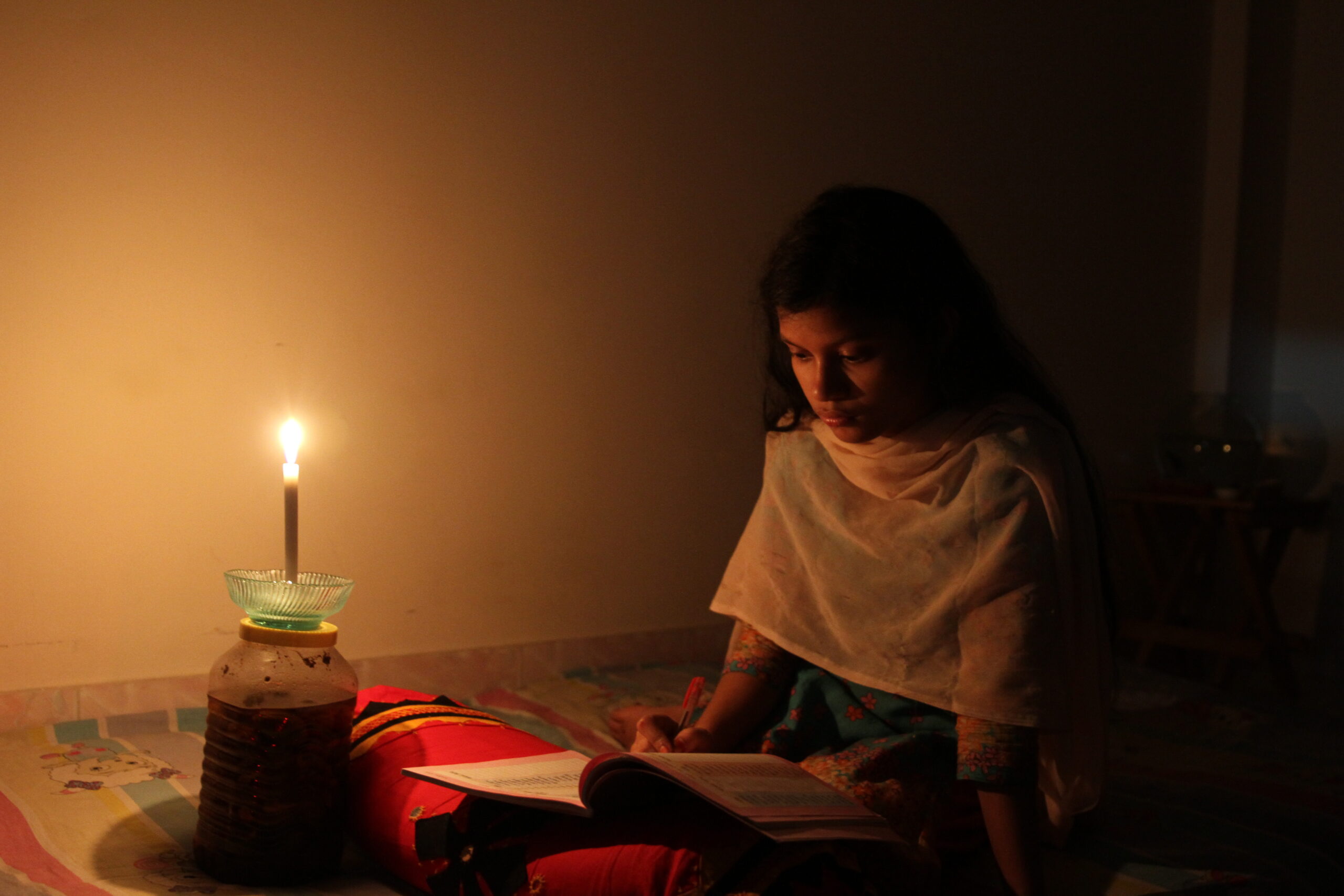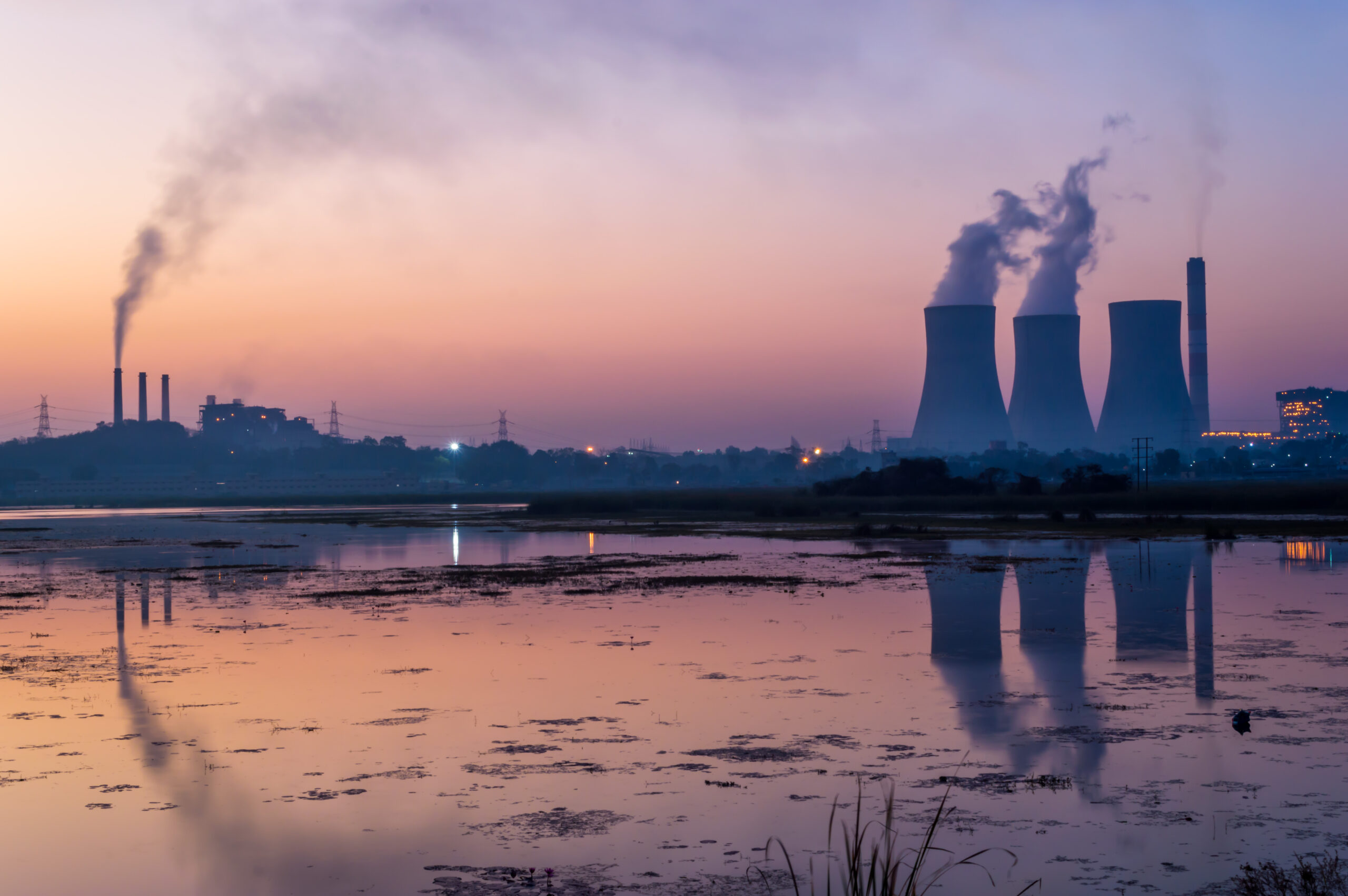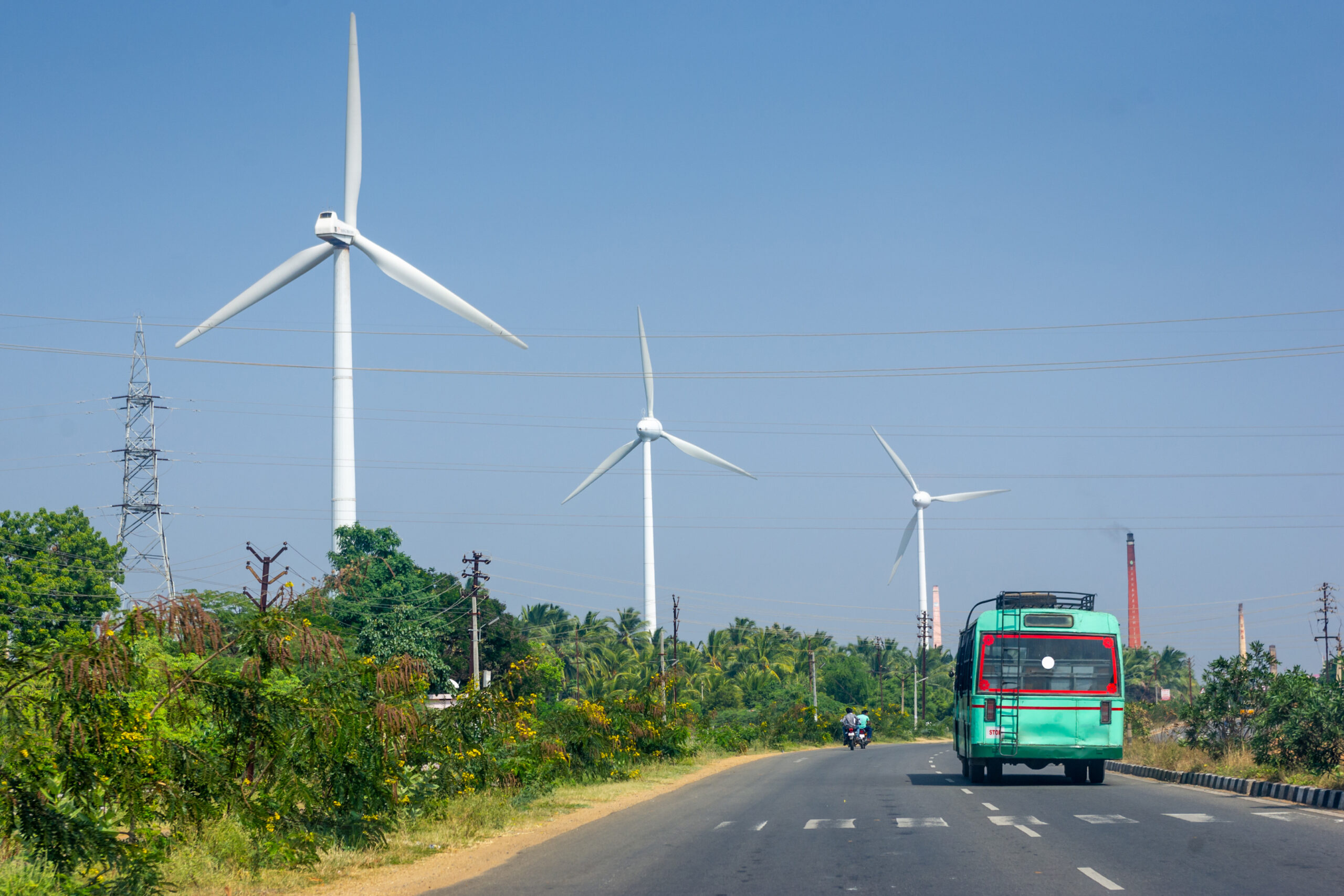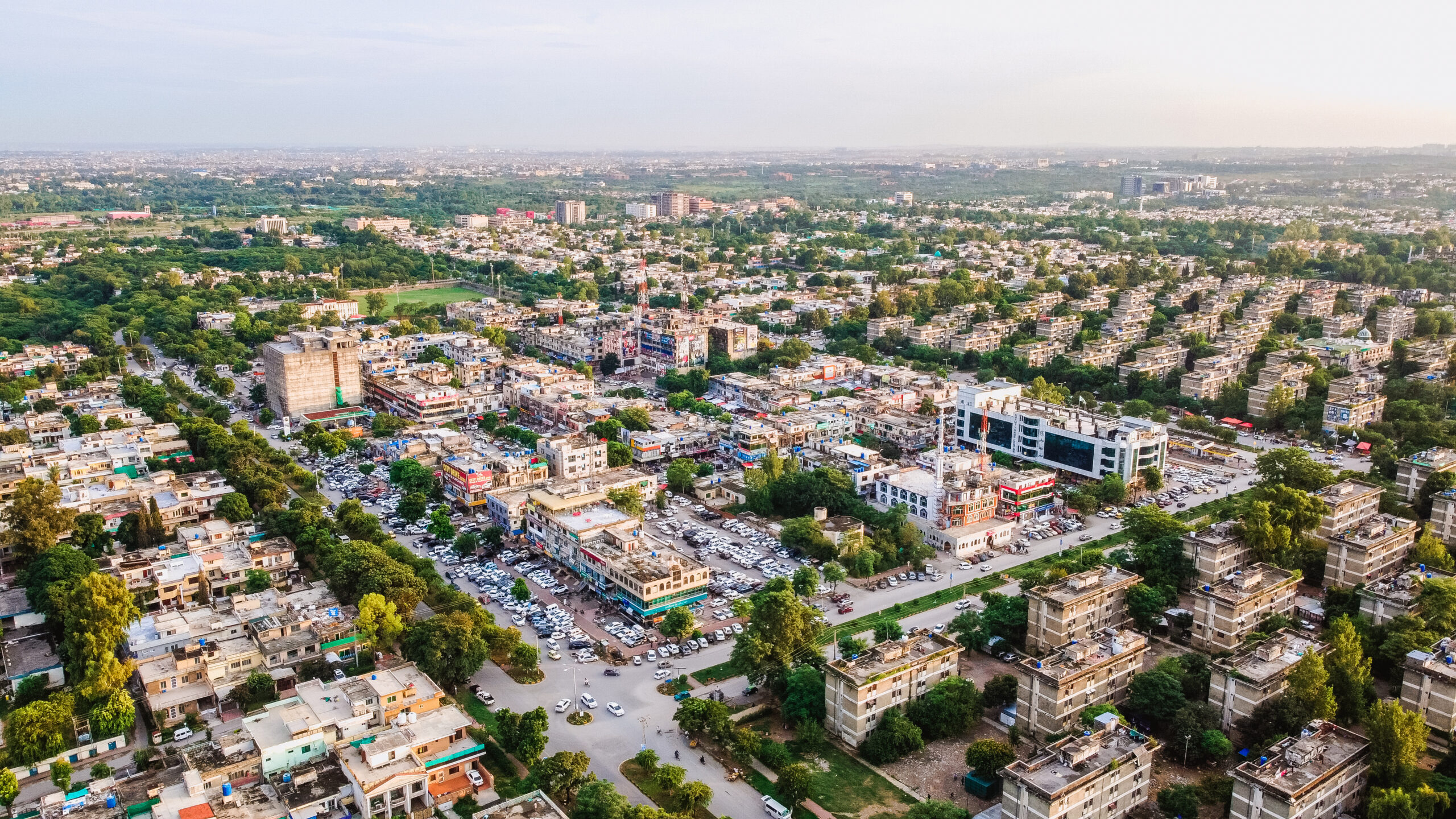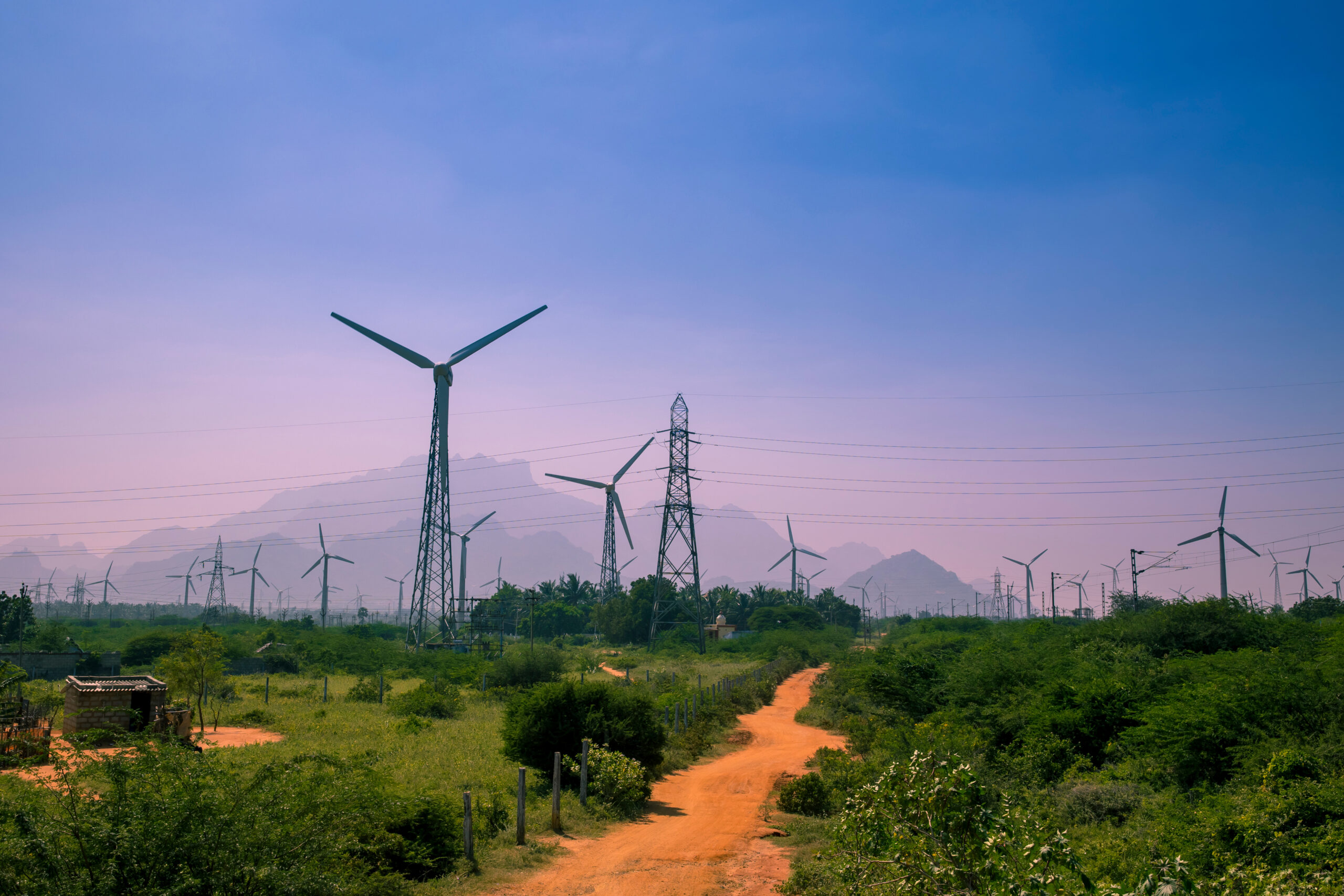 Rakesh Sharma
Rakesh Sharma
Rakesh Sharma
Analysts say the only way forward amidst surging LNG prices is to steer India, Pakistan and Bangladesh towards more sustainable renewable energy sources.
A surge in gas prices in India has led to an increase in rates for end-consumers including household and automobile consumers.
India expects its power generation base to more than double by 2032, mainly on the back of fast-paced expansion in solar and wind power capacity, but fossil fuels will continue to play a prominent role.
Indian state energy companies have been rushing to announce net zero emissions targets but many lack a clear, realistic path to move away from fossil fuels and towards net carbon neutrality.
Some climate watchers are unhappy India has dropped bold commitments made by Modi in Glasgow last year and fear the nation will burn more dirty cheap coal to provide affordable energy to its population.
Emerging nations like Pakistan started importing LNG on the assumption that the fuel will be abundant and cheap, a premise that has been tested by the Ukraine war.
Russia’s invasion of Ukraine has led to a sharp escalation in fuel prices, making it difficult for the import-dependent nation to keep the lights on.
Investment in fossil fuels by India’s 14 largest state-owned energy firms was 11 times higher last year than investment in clean energy, a new study shows.
India’s gas market has been struggling to take off for over a decade, and is now being further tested by the impact of the Ukraine war on LNG prices.

